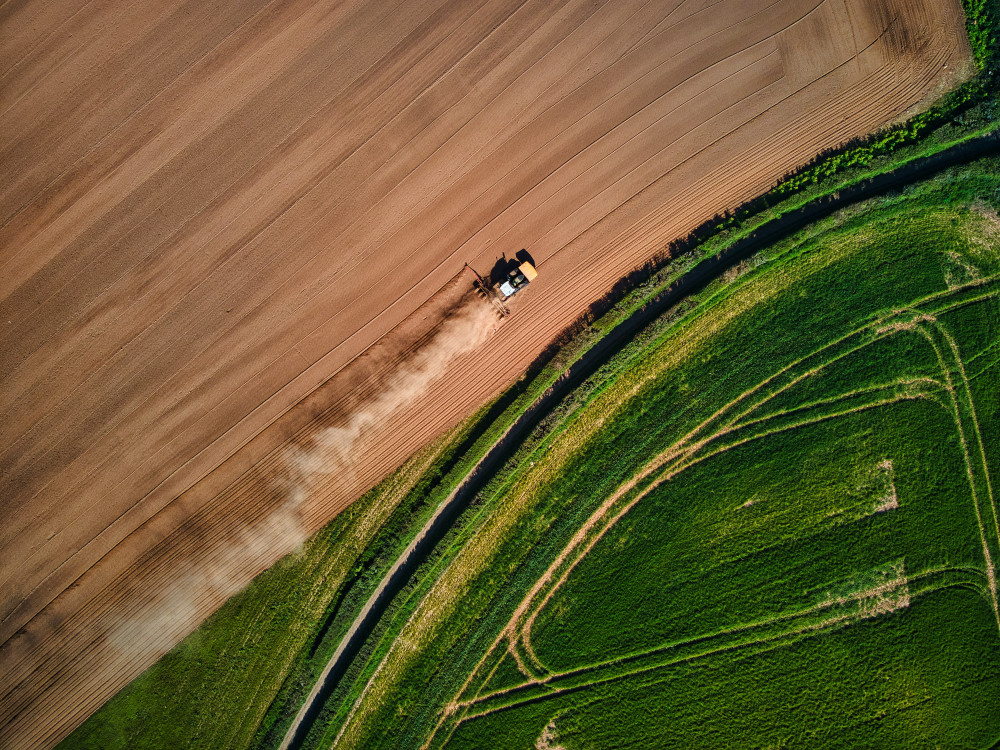
Getting below zero
All of this adds up. Global food systems are responsible for between 25-35% of human-caused emissions. So, to address the climate crisis - in addition to things like shifting to renewable energy sources and rethinking our transportation systems - we also need to significantly change the ways we use land for agriculture and think differently about what we eat. And with a growing, hungry, diverse population, we need to do it quickly.
Luckily, our food systems also represent our biggest opportunity. We can re-envision agriculture as part of the solution for both climate and nature. Farmers and ranchers can produce enough food to feed everyone using climate-smart methods like planting cover crops, choosing efficient irrigation, and using rotational grazing so livestock help keep grasslands and soils healthy. Businesses can work with local communities and Indigenous peoples to ensure forests and other habitats aren’t destroyed while making their products.
Agriculture is the only sector that has the potential to get below zero, or negative emissions, because rehabilitating soils and re-planting forests can pull carbon out of the atmosphere. Natural habitats and resilient farming systems will also help us prepare to face more extreme weather events and other global challenges like food security.
How can I help?
We all eat so we can all be part of the solution. Here’s a few of the things you can do:
-
Choose to eat healthy, diverse diets, and try to avoid heavily processed and packaged foods (link to Livewell principles article);
-
Vote with our money and with our voices for more sustainably sourced and developed products;
-
Avoid overbuying and overconsumption;
-
Eliminate waste (link to Small steps to reduce food waste) from our kitchens and habits and applaud those friends, companies, and food service establishments who join this fight along with us;
-
Compost what you can’t prevent or reuse;
-
Know your food sources, both by getting to know your farmers and ranchers and by choosing brands that emphasize transparent supply chains with sustainable producers.
While there are emerging technologies, alternative food options, and innovative ideas arising every day, there is no silver bullet. We need to put all options on the table, and we need collaboration and innovation across the entire system.


